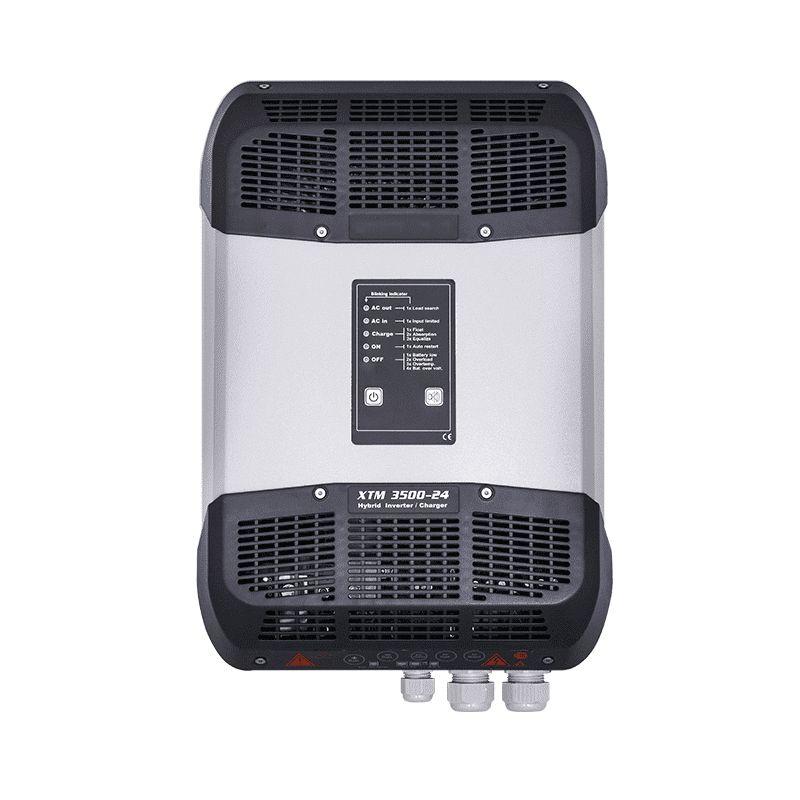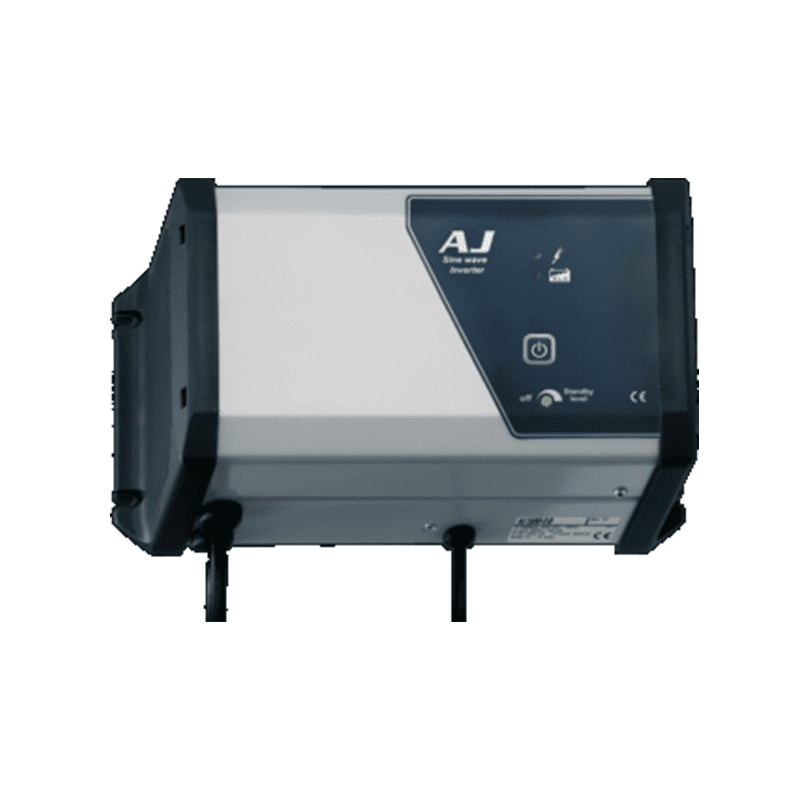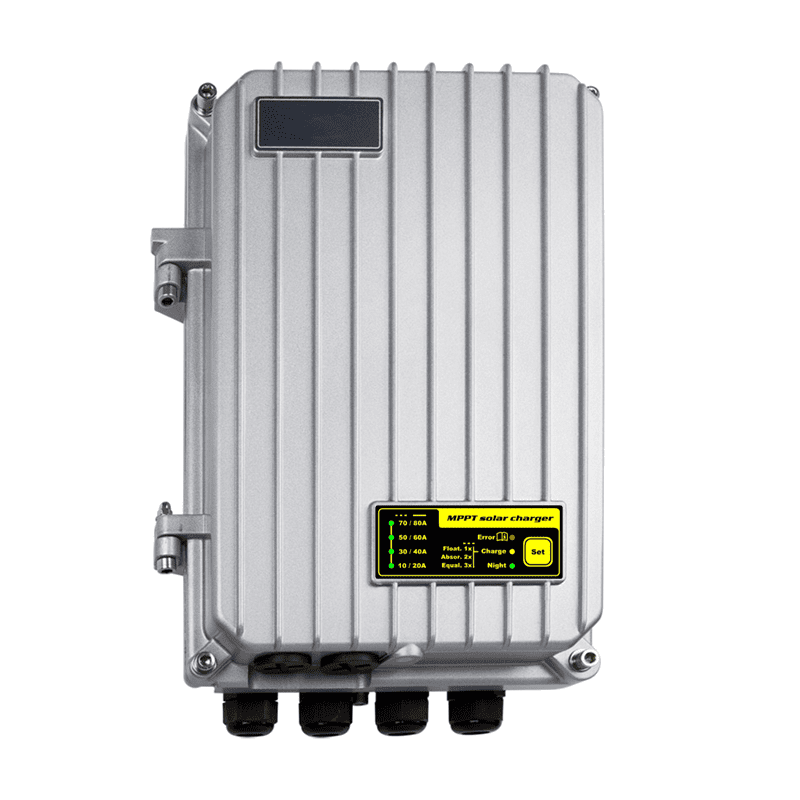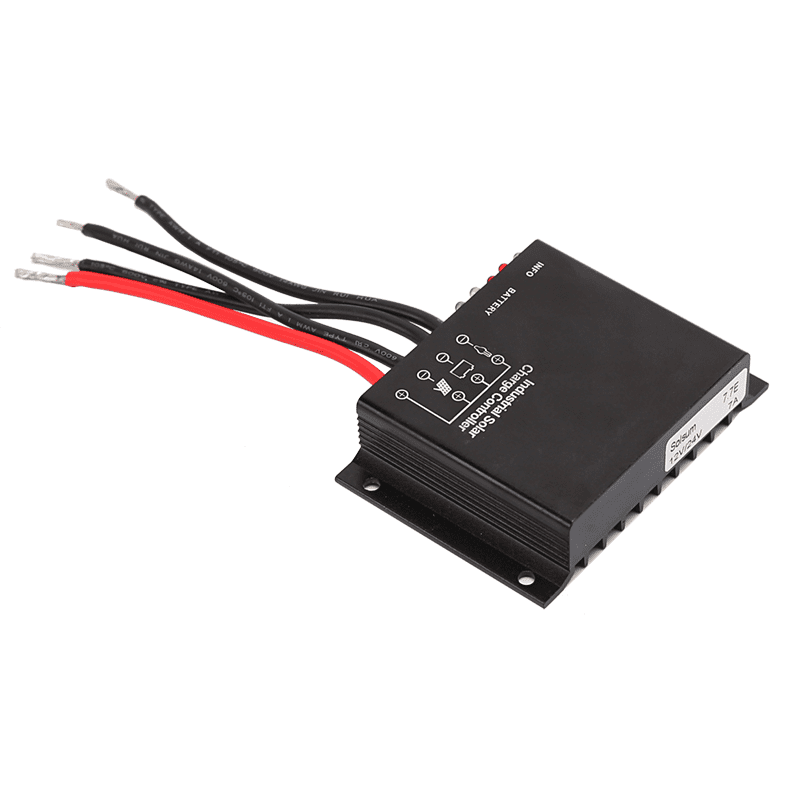The electrical system of the camper is usually a 12V system, but in the case that 12V is not enough, we can use 230V. But what does it mean and how does it affect you?
What is 230V?
230V AC stands for 230 volts Alternating Current. It is the standard voltage used in many countries for supplying power to electrical devices and appliances in homes and businesses. AC means the voltage periodically changes direction, which is different from Direct Current (DC) that flows in one direction only.
With 230V AC, electrical power can be delivered efficiently at relatively low currents. This is advantageous because lower currents result in reduced resistive losses and allow for the use of smaller and more economical conductors in power transmission and distribution systems. It’s a common voltage level used to supply power to various electrical devices and equipment while minimizing energy loss during transmission.
How to Use 230V In My Campervan
1.Battery charger (230V hook up)
3.Inverter and battery charger
Using 230V In Your Campervan | |||
Leisure Battery Mains Charging | Leisure Battery Mains Power | 230V Appliances Off-grid | |
Battery Charger | ✓ | ✓ | × |
Inverter | × | × | ✓ |
Inverter/Charger | ✓ | ✓ | ✓ |
Battery charger (230V hook up)
Absolutely! Utilizing 230V power in a campervan can be very advantageous for charging batteries and running various electrical appliances. Many campervans are equipped with power hookups at campsites, which provide access to 230V AC power. By using this power source, campervan owners can charge their batteries more efficiently and keep their electrical devices, lights, and other equipment running smoothly during their travels. It offers a convenient and reliable way to power up and enjoy the comforts of modern amenities while on the road.
Inverter
An inverter is a device that converts DC (Direct Current) power from batteries or other sources to AC (Alternating Current) power, typically 230V or 120V, depending on the region’s standard voltage. This allows you to use 230V appliances while off-grid, where there is no access to a power hookup or a campsite with 230V AC power supply.
When you have an inverter installed in your campervan, you can charge your batteries using various power sources (like solar panels or a generator) and then use the inverter to convert that stored DC power into 230V AC power. This enables you to run your 230V appliances and enjoy the comforts of home even when you are not connected to a fixed power grid or at a campsite with 230V power supply. It gives you more flexibility and independence during your off-grid adventures.
An Inverter and Battery Charger
If you want all the features mentioned in the above two scenarios, the best way is to use the Bolanmu Battery Charger/Inverter. This clever kit doubles as either a 230V battery charger or an inverter, and it comes in a variety of sizes depending on how much power you want to use when off-grid.
What is Bolanmu Battery Charger/Inverter?
Let’s say you hooked up at the campsite. In this case, the Bolanmu Battery Charger/Inverter cleverly uses the power supply to power an outlet instead of draining the battery. In addition to this, it can also charge your leisure battery when plugged in.
When you drive off the grid, the Bolanmu Battery Charger/Inverter automatically switches, acting as an inverter that drains your battery and gives you 230V of power.












